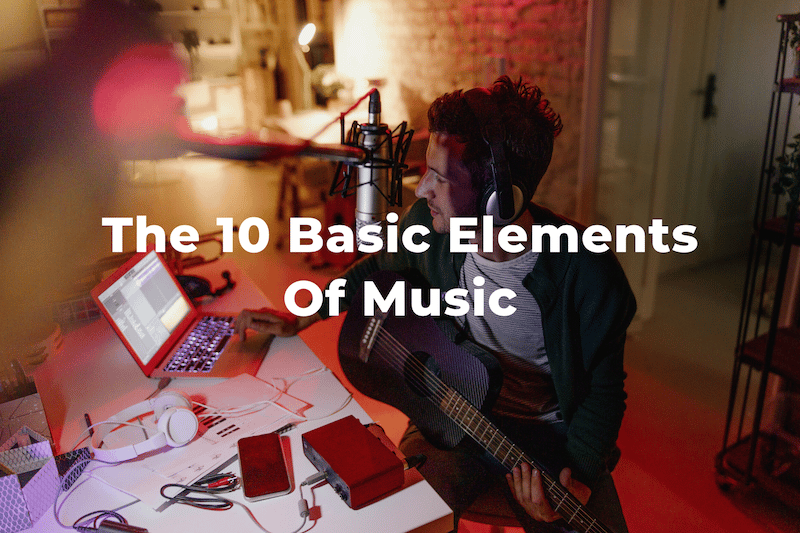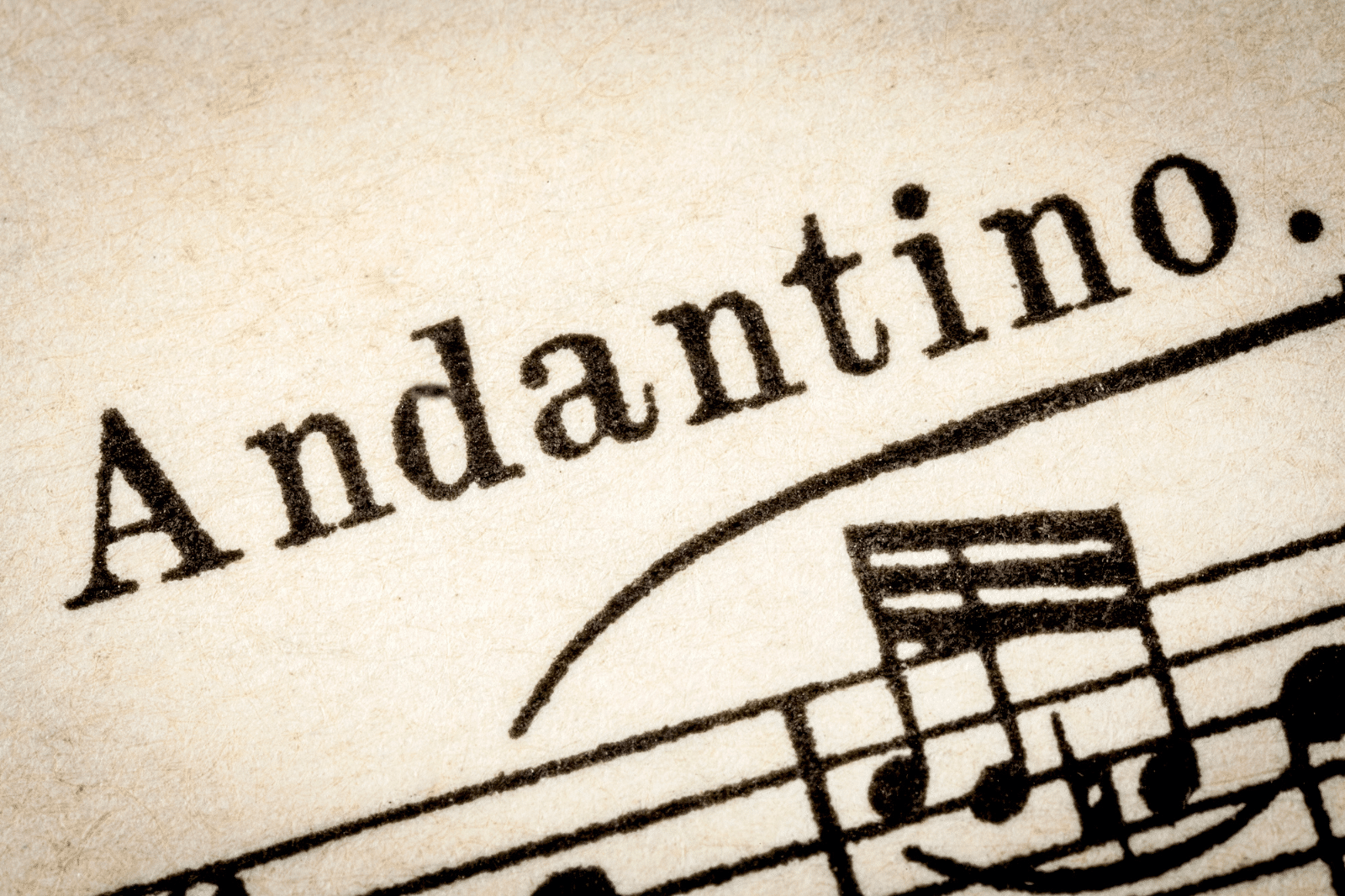Have you ever wondered why the pitch that comes out when a flutist plays an A is different from when a clarinetist plays an A? That’s because these instruments are tuned to different keys.
Imagine how tricky it would be to have a bunch of instruments in different keys playing together. If the conductor says, “Everyone, play an A!” which A should they play?
That’s where concert pitch comes in. Concert pitch is the standard pitch used for performances, set at A=440Hz.
It’s like a universal language for musicians so that when the conductor asks for an A, everyone knows exactly which pitch to play, no matter what instrument they have.
Some instruments, like the piano or the flute, are already in concert pitch. We call these “concert pitch instruments.”
But others, like the clarinet or the trumpet, have a different “written pitch” on the page than the “sounding pitch” that comes out.
These are called “transposing instruments.”
The History of Concert Pitch
Before the 20th century, there were no real standards for pitch. Tunings varied a lot depending on where and when you were playing.
Even famous composers like Mozart and Handel had their own preferences (Mozart was known to have liked A=422Hz, while Handel preferred A=423Hz).
But as concert venues got bigger and radio broadcasts became popular, people realized we needed a universal standard. In 1939, everyone finally agreed on A=440Hz as the concert pitch, and we still use it today.
Transposing Instruments
Instruments that are not in concert pitch are called transposing instruments.
Transposition is simply taking a melody, chord sequence, or whole piece of music and changing the pitch of the notes while keeping the relative intervals between them the same.
Usually, a composer will write out the transposition for each instrument’s part. That way, you can just play what’s written on the page, and the notes that come out will be correct in concert pitch.
However, if you are playing music that was not specifically written for your instrument, you might have to do the transposition in your head.
Most people who play a transposing instrument have a basic ability to transpose to concert pitch in order to tune and play scales with their ensemble.
The Keys of Common Instruments
Here is a list of instruments found in band and orchestra and the keys they are tuned to.
When a Bb instrument plays its C, the note that comes out is a Concert Bb. As you can see, transposing instruments are mainly found in the wind family.
Concert Pitch Instruments
- Piccolo
- Flute
- Oboe
- Bassoon
- Trombone
- Tuba
- Violin
- Viola
- Cello
- Double Bass
- Piano
- Guitar
Bb Instruments
- Clarinet
- Bass Clarinet
- Soprano Saxophone
- Tenor Saxophone
- Trumpet
Eb Instruments
- Alto Saxophone
- Baritone Saxophone
F Instruments
- French Horn
- English Horn
*Some instruments can be made in different keys. For example, the clarinet is listed in its standard key of Bb, but you could specify which type of clarinet by saying “Bb clarinet,” “A clarinet,” etc.
Why are Instruments Tuned to Different Keys?
You may be thinking, “Wouldn’t it be easier to make all the instruments in concert pitch?” It seems intuitive that way, but here are a few reasons why an instrument might not be in concert pitch:
To Make the Music Easier to Read
One reason we have transposing instruments is to make music easier to read.
Depending on an instrument’s range, writing all the notes in concert pitch might cause the music to have many ledger lines.
This can be annoying–both for the player to read and for the composer and/or publisher to fit onto the page.
To Keep Fingerings Consistent
Another reason instruments are in different keys is to keep fingerings the same for instruments in the same family.
For instance, soprano and tenor saxophones are in Bb, while alto and baritone saxophones are in Eb.
If we were to make them all in the same key, saxophone players would have to switch fingerings when switching between these instruments.
To Help with Tuning
Lastly, some instruments are in different keys to make them easier to tune.
Each instrument–especially wind instruments–has its own tuning tendencies. Some notes tend to be sharp, while others might go flat.
While it’s the player’s responsibility to adjust accordingly, having an instrument in a different key might help with tuning issues.
Summing Up
We hope that you now have a better sense of what concert pitch is and why not all instruments are in concert pitch.
If you have any questions about things that we haven’t covered, feel free to get in touch, and we’ll get back to you.



